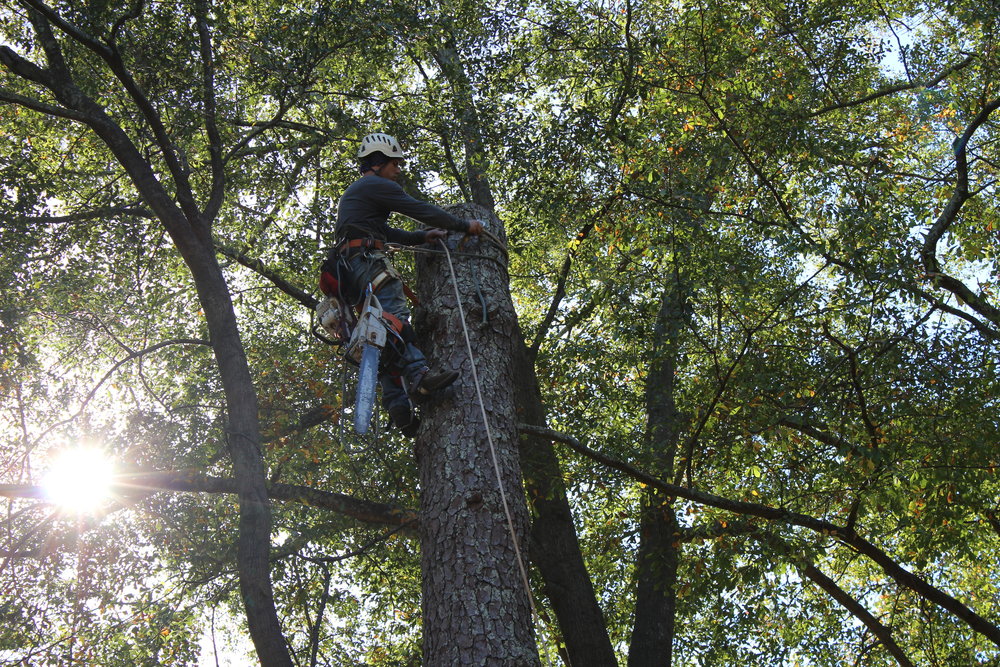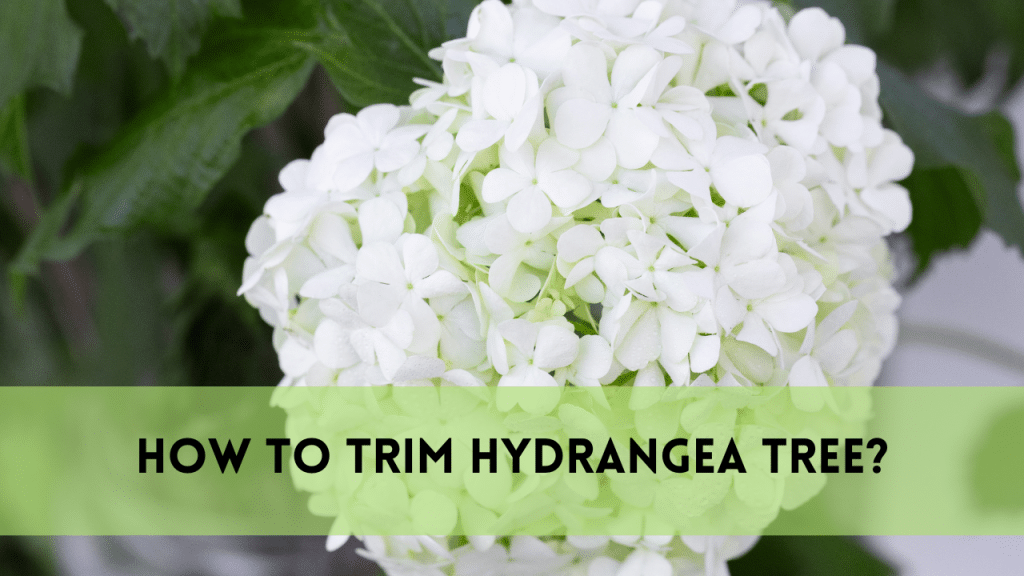Moss-covered trees in a forest can create a visually appealing image, imparting an aura of magic to the surroundings. However, extensive moss growth on your landscape trees can cause a variety of problems, including lower sunlight penetration, compromised tree health, and a less desirable overall look. Fortunately, remove moss from trees is a simple task that can help restore the life and beauty of the trees.
What Causes Green Moss on Trees?
Green moss on trees is mostly caused by environmental factors. Moisture is important because moss grows in damp circumstances, which are frequently induced by rainfall, excessive humidity, or limited drainage, creating an excellent habitat for moss colonization.
Furthermore, moss loves shaded locations with restricted sunlight since it reduces competition from other plants, and stagnant air with poor circulation can retain moisture, increasing its growth even more
Materials you’ll need to Remove Moss from Trees
- Safety gear: Wear gloves, safety glasses, and appropriate clothing to protect yourself from any debris or chemicals you might use.
- Soft brush or broom: Use a soft-bristle brush or broom to gently scrub away loose moss and debris.
- Ladder: If the moss is high up on the tree, use a sturdy ladder to reach it safely.
- Water: A garden hose with a spray nozzle or a pressure washer
- Mild detergent or moss killer (optional): You can use a mild detergent mixed with water or a commercial moss killer to help with removal.
Prune Trees to Prevent Moss
Pruning trees can be an effective way to keep moss from growing on their surfaces. Moss prefers shade and moisture, so by properly pruning your trees, you can create an environment that is less favorable to moss colonization.
- Trim branches that block sunlight from reaching the tree’s bark.
- Because moss favors shady locations, allowing more sunlight to penetrate the canopy will make it less conducive to moss growth.
- Trim low-hanging branches that are close to the ground, especially if they touch the tree’s trunk. These low-hanging branches can trap rainwater, creating a gloomy, damp environment that promotes moss growth.
- Pruning can remove dead or diseased branches, improving the overall vigor of the tree.
- You can attentively inspect the tree when pruning for signs of stress or disease, which can make it more prone to moss.
Methods to Remove Moss From Trees?
Moss can be easily scraped or picked off by hand This is all that is needed to remove moss from shorter trees and bushes. Rub your gloved hand over it to dislodge carpet mosses that blanket the branches or clump mosses that grow on the branches and twigs.
Wash it off with a hose
- Spraying moss off trees with a garden hose is sufficient as long as it is not too far up. Power washers and pressure washers are not suggested for removing moss from trees because the pressure also destroys the bark.
- In comparison, a standard water faucet delivers about 50 PSI (Pounds per Square Inch). It might be higher, and pressure controls can be installed on the faucet to reduce the pressure.
- The pressure that reaches plants, trees, and bushes is determined by the length and diameter of the hose, the type of nozzle, the setting selected, and the distance from which the water is sprayed.
- When spraying moss off of trees, only use a garden hose. Excessive pressure will peel the bark’s outer covering, exposing the phloem to fungus and bacteria. The damage could be permanent.
- On young trees, use a garden hose. Pressure washers can be used on mature trees, but only on the gentlest setting and with the hose-end sprayer kept at a distance to limit force.
- The less intense the impact of water on a tree’s bark, the less harm it can cause.
Chemicals that kill moss high up on trees
- The height of old trees may make it difficult to properly remove moss from high up on a tree.
- When you cannot safely reach the moss to scrape it off, the next best option is to destroy it so that it falls off.
- Moss can be killed by two substances. Copper sulfate with sulfuric acid. Professional firms use them; however, they are hazardous to all plants and should only be applied to trees during the winter when they are dormant.
- Drift protection should be considered for neighboring structures, such as residences, garden structures, and painted metal fencing.
- For moss control, potassium salt is a safer alternative.
- This is the most common algaecide found at garden centers for use in home gardens.
Advantages Of Removing Moss From Trees:
- Improved Tree Health
- Enhanced Aesthetic Appeal
- Increased Sunlight Penetration
- Prevention of Bark Damage
- Prevention of Bark Damage
FAQs
How often do chemicals need to be applied to keep moss from returning?
Chemical treatments will only kill active growing moss on older trees that are too tall to be safely pruned. Moss will return as long as the conditions are moist and shaded. Repeat chemical treatments will be required every few years to keep moss at bay.
Does moss need to be removed from trees?
Moss does cause immediate tree damage. The increased weight strain on tree trunks and branches causes indirect damage. The weight can become too high during storms, increasing the chance of branches falling off trees.
Can too much moss kill a tree?
Excessive moss growth on a tree’s bark is unlikely to kill the tree directly, but it can contribute to a variety of difficulties that can harm its health. While moss is not directly harmful to trees, it can have an indirect impact by blocking sunlight and reducing photosynthesis, creating a consistently damp environment that can lead to fungal infections and bark damage, limiting gas exchange that is essential for respiration, and potentially facilitating the growth of other harmful organisms.
What’s the best time to remove moss from trees?
Late winter or early spring is an ideal time for moss removal, as trees are dormant, and the weather is typically milder. However, you can remove moss year-round as needed.
Can I use a pressure washer to remove moss from trees?
Yes, but use low pressure to avoid bark damage. Hold the nozzle several feet away and work from the top down, being careful not to focus on one spot for too long.
Conclusion
To summarize, removing moss from trees is a simple task that can result in a variety of benefits, including increased tree health, improved aesthetics, and reduced dangers connected with moss-related issues. Whether you remove moss manually with a soft brush or use mild detergent solutions or professional moss killers, you must proceed with caution to prevent damaging the tree’s bark. Taking actions to prevent future moss growth, such as increasing sunshine exposure, promoting air circulation, and preserving tree health, can also help the tree’s health.





